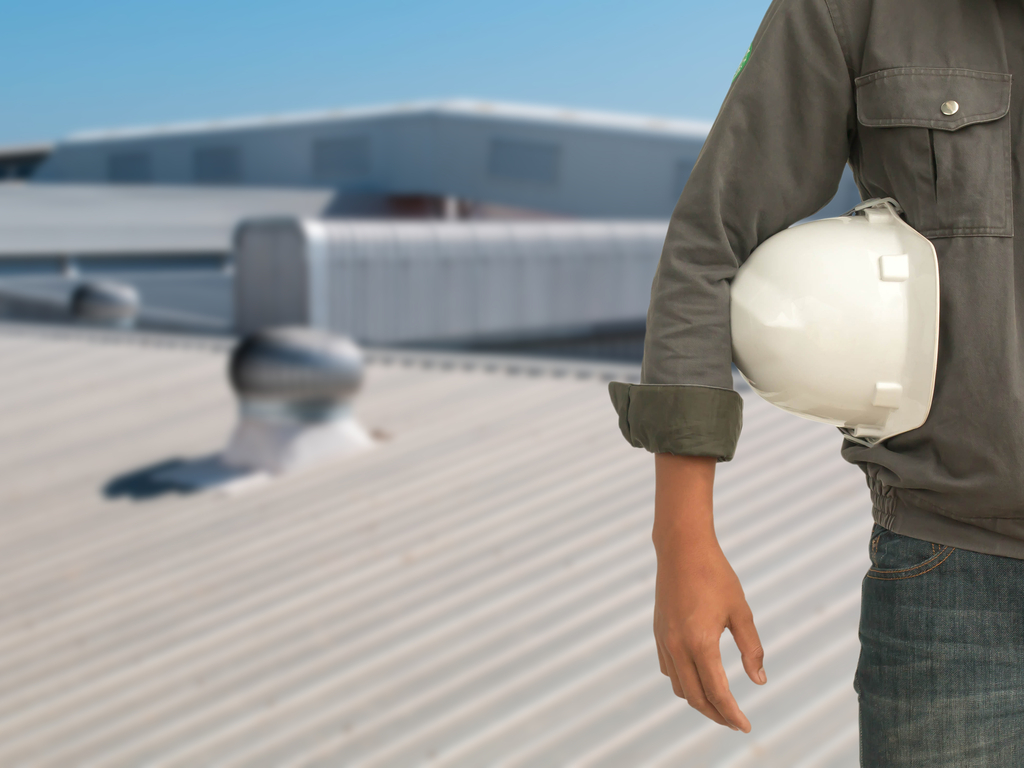Can You Predict a Roof’s Service Life?
The Real Longevity Test…
Visit a 30-year-old roof system to see how it’s fared. Oh, you say the product you’re considering can’t produce a 30-year-old roof. Then you have your answer.
Time is brutal but is the only true equalizer when it comes to predicting performance. ASTM may be able to establish minimum characteristics that should be considered, but until any roofing membrane can demonstrate real-world endurance, any claim of predicted performance is really premature.
There are three basic standards for thermoplastic roofing membranes published by the American Society for Testing and Materials (ASTM).The three standards in their original order of adoption include:
- ASTM D4434 – Standard Specification for Poly Vinyl Chloride (PVC) Sheet Roofing
- ASTM D6754 – Standard Specification for Ketone Ethylene Ester (KEE) Sheet Roofing
- ASTM D6878 – Standard Specification for Thermoplastic Polyolefin (TPO) Sheet Roofing
 ASTM standards are often misunderstood and the industry has weighted the standards in such a way that regardless of differences in the chemical anatomy of the materials, judgments are made regarding whether they’re fit to be roof covers. Their projected performance is also tested using a handful of laboratory tests.
ASTM standards are often misunderstood and the industry has weighted the standards in such a way that regardless of differences in the chemical anatomy of the materials, judgments are made regarding whether they’re fit to be roof covers. Their projected performance is also tested using a handful of laboratory tests.
Contrary to popular belief and to the subsequent overuse of the standards, they’re not necessarily meant to be the ultimate authority that comparatively evaluates products of different genres. Rather, they are meant to be minimum values to evaluate the consistency in which the manufacturer produces the product. The characterization of the products within the standard and the minimum quality evaluated is relative to the chemistry and manufacture of that product and that product alone. The standards are not yet harmonized in such a way that the same test methods can characterize the unique properties that exist among all thermoplastic membranes.
Standards
ASTM publishes “consensus” standards. There’s no supreme entity that decides which physical property limits to list or what their values should be. The type of testing is established through a consensus from the participants of various task groups. The tests by which a material is to be evaluated on are also determined by the task group that selects the method from a body of test standards and methods within the ASTM portfolio. For single-ply membranes, the dominant testing standard for physical properties is ASTM D751 – Standard Test Methods for Coated Fabrics. The final values or property limits come from data submitted by manufacturers and outside laboratories. After this is all said and done we still find statements within the standards that confirm that there are a lot of additional factors that need to be taken into consideration with respect to the overall performance of the products.
If you really want to ensure the performance of your roof system, do your homework. Yes, the ASTM standards are important for setting and hopefully ensuring that the roof covers conform to a preconceived set of characteristics, but they actually do little in forecasting the expected life cycle of any of the products. So, if a membrane meets all the requirements of the ASTM standard, how long should it last?
Back in the day, when manufacturers were only offering 10-year warranties, the ASTM standards were assumed to suggest that a compliant membrane would last 10 years. We now have a marketplace with warranty offerings that extend to 30 years. Does that mean a compliant product is still only viable for 10 years and that product modifications such as increased thickness are required to meet “the designated time period of intended system performance”? Does that also mean the simplest way to harmonize all the standards is to just use thickness as the great equalizer?
Like we said at the beginning of this post, go visit a 30-year-old roof system to see how it’s fared. Oh, you say the product you’re considering can’t produce a 30-year-old roof. Then you have your answer.




